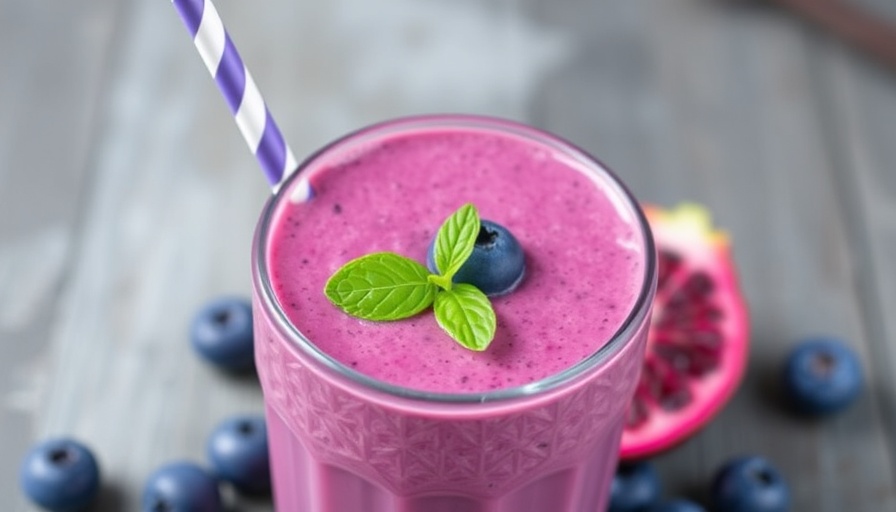If “we are what we eat” then diet plays an important part in building and maintaining health. Although that is only part of the equation as including exercise and reducing stress is important, too. And many would add faith to that list, too, for a truly healthy lifestyle as we are body, mind and spirit.
We make choices in all of those aspects of life, but here we are concentrating on healthy foods, particularly smoothies which can be treats or full meals. We want to encourage you to make healthy choices.
High cholesterol is a big issue for a large part of our population. So today we are taking a quick look at cholesterol lowering foods.
The MayoClinic website asks …
Can a bowl of oatmeal help lower your cholesterol? How about a handful of walnuts or an avocado?
Their article gives some great advice, as you would expect from the MayoClinic.
Please click the ‘Next Page’ button below to see the main points …
[nextpagelink][/nextpagelink]
quote from MayoClinic website …
A few simple tweaks to your diet — like these [oatmeal, walnuts, avocado in the earlier question], along with exercise and other heart-healthy habits — might help you lower your cholesterol.
They summarize healthy cholesterol-lowering foods as:
- Oatmeal, oat bran and high-fiber foods
- Fish and omega-3 fatty acids
- Walnuts, almonds and other nuts
- Avocados
- Olive oil
- Foods with added plant sterols or stanols
The other categories are self-explanatory, but even though I’d heard these terms, I didn’t know where to find them.
Wheat germ, wheat bran, peanuts, vegetable oils (corn, sesame, canola and olive oil), almonds and Brussels sprouts contain plant stanols and sterols. Smaller amounts are found in other vegetables and some fruits. (joslindotorg) - Whey Protein
- Other changes to our diet, eg, moving away from saturated and trans fats.
They add …
In addition to changing your diet, making other heart-healthy lifestyle changes is key to improving your cholesterol. Exercising, quitting smoking and maintaining a healthy weight will help keep your cholesterol at a healthy level.
Please click the ‘Next Page’ button below for a first-hand testimony of the benefits of cholesterol-lowering green smoothies from Tracy Russell at IncredibleSmoothies, and the 1st recipe …
[nextpagelink][/nextpagelink]
Tracy Russell at IncredibleSmoothies has first-hand experience of …
… the cholesterol-lowering benefits of green smoothies and a whole foods diet. High cholesterol runs in my family, and many of them are on cholesterol-lowering medications, even at a young age. Because of this, I am at risk for having high cholesterol too.
… my plant-based, whole foods diet that includes green smoothies dropped my LDL 45 points [which] is pretty incredible, and perhaps you might benefit from a similar decrease by making some of the same diet and lifestyle changes I made to prevent cholesterol problems in my own life.
Make any of these green smoothie recipes into a meal replacement smoothie by adding 2-4 tblsp Oats for soluble fiber.
Blend the ingredients for each recipe until smooth. Enjoy.
Recipe 1: Apple Avocado Green Smoothie
Serves 1
Ingredients:
- 1 Apple, cored
- 1/4 Avocado, peeled
- 2 tablespoons Hemp seeds
- 2 cups baby Spinach
- 8 ounces (236 ml) unsweetened Almond Milk or Water
Please click the ‘Next Page’ button below for the 2nd cholesterol-lowering smoothie recipe …
[nextpagelink][/nextpagelink]
Recipe 2: Strawberry Lemon Green Smoothie
Serves 1
Ingredients:
- 10 medium Strawberries
- 1/2 Lemon, peeled and deseeded
- 1 and 1/2 frozen Bananas, peeled
- 3 large Collard leaves, stems removed
- 2 tablespoon Chia seeds, soaked for 5 minutes
- 8 ounces unsweetened Almond Milk or Water
Please click the ‘Next Page’ button below for the 3rd cholesterol-lowering smoothie recipe …
[nextpagelink][/nextpagelink]
Recipe 3: The 3 Cs Refreshing Green Smoothie
Serves 1
Ingredients:
- 1/2 Cucumber, with peel
- 2 cups Swiss Chard
- 2 stalks Celery, chopped
- 1 medium Peach, pitted
- 1 medium Orange, peeled and deseeded
- 1/4 Avocado, peeled
- 4 to 6 ounces of filtered Water
Visit Tracy’s website for 2 more cholesterol-lowering green smoothie recipes. The link is below.
Source: MayoClinic; Joslin.org
Recipe Sources: IncredibleSmoothies
Photo: IncredibleSmoothies
 Add Row
Add Row  Add
Add 







Write A Comment